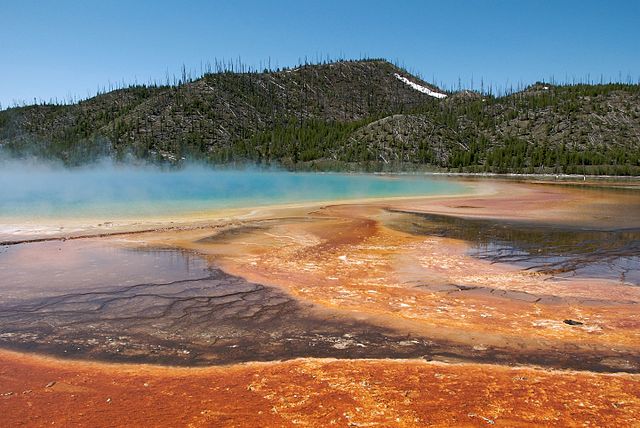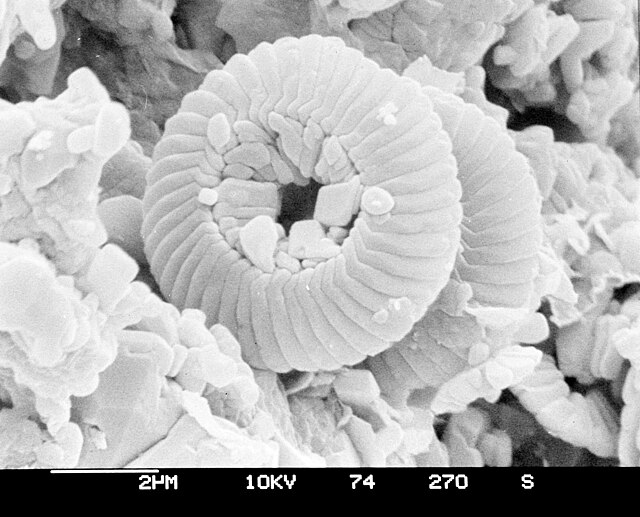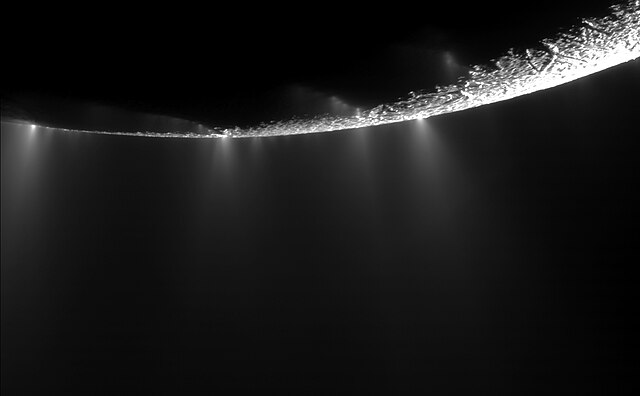Geobiology is a field of scientific research that explores the interactions between the physical Earth and the biosphere. It is a relatively young field, and its borders are fluid. There is considerable overlap with the fields of ecology, evolutionary biology, microbiology, paleontology, and particularly soil science and biogeochemistry. Geobiology applies the principles and methods of biology, geology, and soil science to the study of the ancient history of the co-evolution of life and Earth as well as the role of life in the modern world. Geobiologic studies tend to be focused on microorganisms, and on the role that life plays in altering the chemical and physical environment of the pedosphere, which exists at the intersection of the lithosphere, atmosphere, hydrosphere and/or cryosphere. It differs from biogeochemistry in that the focus is on processes and organisms over space and time rather than on global chemical cycles.

The colorful microbial mats of Grand Prismatic Spring in Yellowstone National Park, USA. The orange mats are composed of Chloroflexia, "Cyanobacteria", and other organisms that thrive in the 70˚C water. Geobiologists often study extreme environments like this because they are home to extremophilic organisms. It has been hypothesized that these environments may be representative of early Earth.
A microbial mat in White Creek, Yellowstone National Park, USA. Note the conical microstructure of the bacterial communities. These are hypothesized to be a living analogue of ancient fossil stromatolites. Each cone has an oxygen gas bubble on top, the product of oxygenic photosynthesis by cyanobacteria in the multi-species microbial mats.
Banded iron formation (BIF), Hammersley Formation, Western Australia
Modern, living stromatolites in Shark Bay, Australia. Shark Bay is one of the few places in the world where stromatolites can be seen today, though they were likely common in ancient shallow seas before the rise of metazoan predators.
A biosignature is any substance – such as an element, isotope, molecule, or phenomenon – that provides scientific evidence of past or present life on a planet. Measurable attributes of life include its complex physical or chemical structures, its use of free energy, and the production of biomass and wastes.
Electron micrograph of microfossils from a sediment core obtained by the Deep Sea Drilling Program
Some researchers suggested that these microscopic structures on the Martian ALH84001 meteorite could be fossilized bacteria.
An image of the plumes of water and ice coming from the surface of Enceladus. Future missions will investigate these geysers to determine the composition and look for signs of life.







